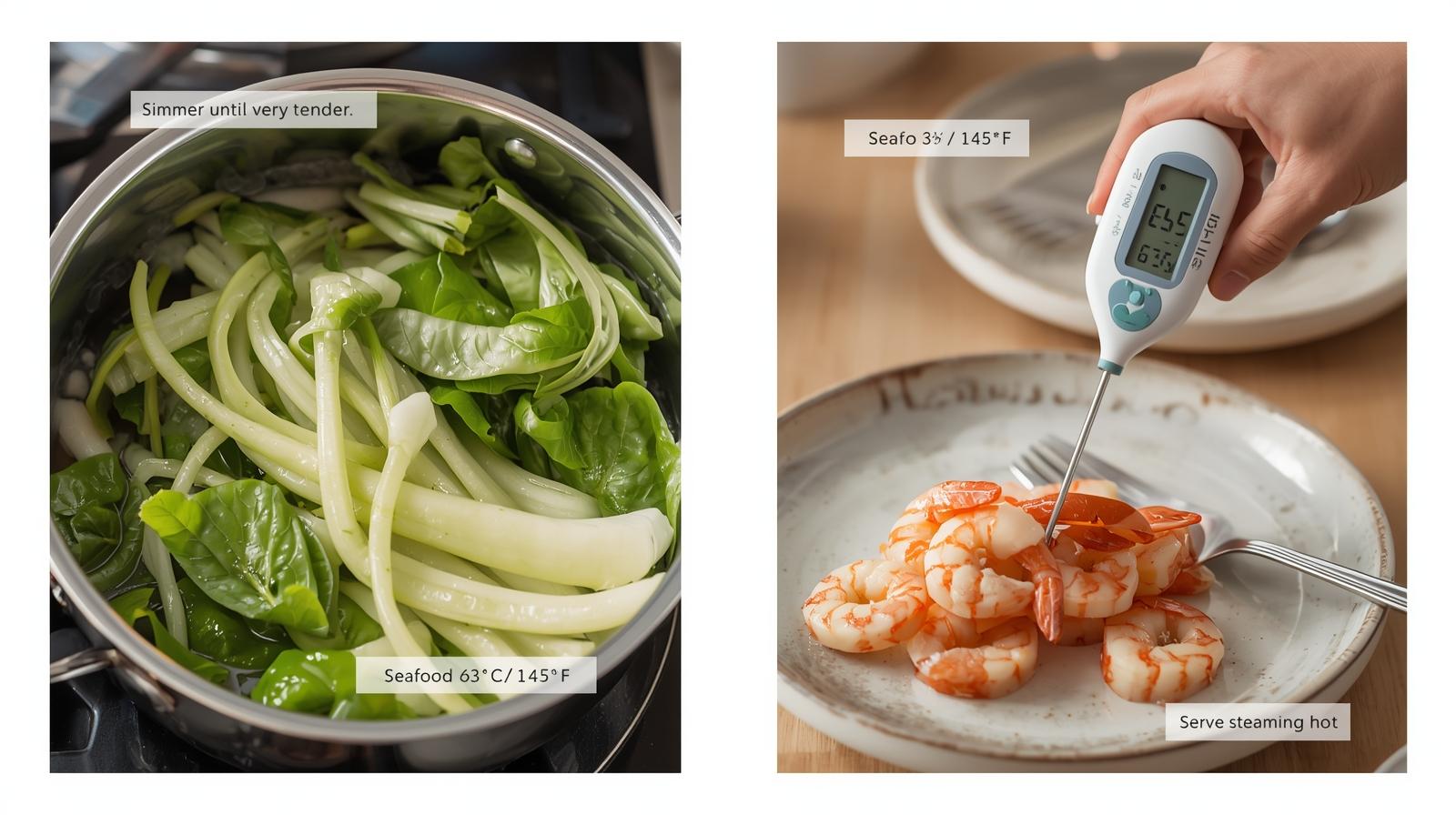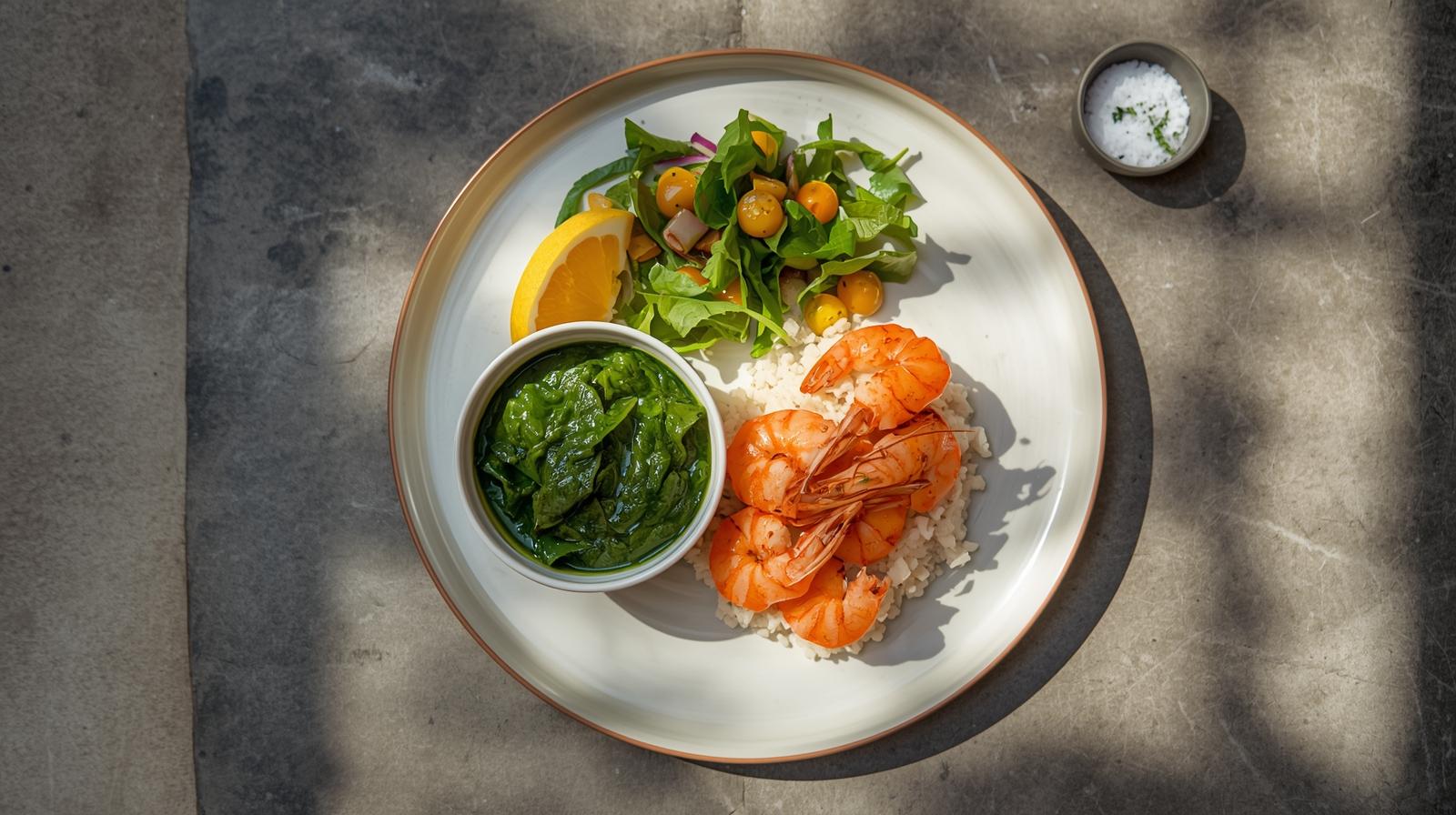
Laing in Pregnancy — The Short Answer
Yes—laing is okay in pregnancy when cooked and handled properly. The key pregnancy lever is doneness: taro leaves must be fully cooked (raw/undercooked leaves can irritate the mouth/throat because of oxalate crystals). While simmering in coconut milk, give leaves enough time to turn very tender. If you include shrimp or fish, cook to a safe internal temperature (63 °C/145 °F) and count them in your weekly low-mercury servings. Finally, enjoy modest portions and balance plates, since coconut milk is rich. [1] [5] [6] [8]
In this global guide
Laing 101 — Creamy, Savory, Leafy
Laing is a Filipino dish of taro leaves gently simmered in coconut milk with aromatics (garlic, onion, ginger), chiles for warmth, and sometimes seafood (e.g., shrimp) or fish flakes. Leaves may be fresh or dried. Proper cooking transforms the texture from fibrous to tender. In pregnancy, the big wins are thorough cooking, hot service, safe seafood practices, and portion balance. [3] [5]

Taro-Leaf Oxalates — Why “Cooked Soft” Beats “Al Dente”
Taro leaves naturally contain oxalates (including needle-like calcium oxalate raphides) that can irritate the mouth and throat if the leaves are raw or undercooked. Controlled studies show that boiling/simmering reduces soluble oxalates by leaching into cooking liquid, while longer hydration/soaking steps can further lower soluble fractions. The practical pregnancy takeaway: cook the leaves thoroughly—slow simmer in coconut milk (or pre-boil then simmer) until leaves are very tender, the “prickly” sensation is gone, and fibers soften. [1] [2]

